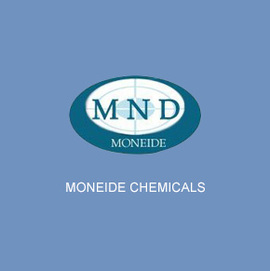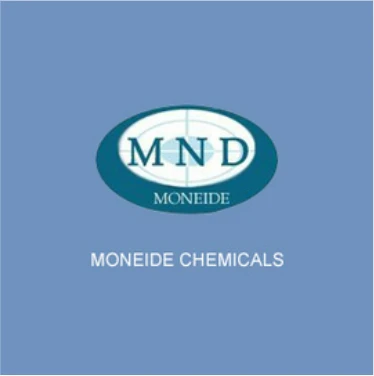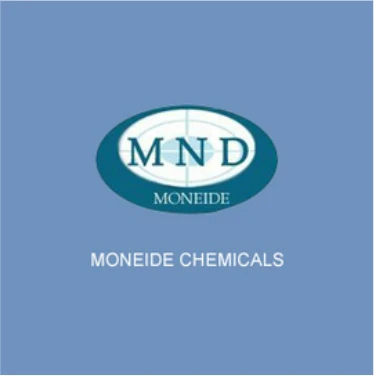Produtos Químicos Moneide
Telefone: 86-315-8309571
WhatsApp/WeChat/Celular: 0086-15633399667
Skype: janet-honesta
Correspondência: sales@moneidechem.com
Endereço: 2-7-523 Jidong Building Materials Tangshan, Hebei 064000 China
|
Nome químico |
N,N-Diethyl-p-phenylenediamine sulfate |
|
Nº CAS. |
6283-63-2 |
|
Fórmula molecular |
C10H16N2·H2SO4 |
|
EINECS No. |
228-500-6 |
|
Peso molecular |
262.33 |
|
Estrutura Molecular |
|
|
Detalhes |
Appearance: White or pink crystal Assay: 96.0% min. Solubility in water: Passes test Sulfated ash: 0.1%max Solubility: solve in water, decline solve in ethanol. Packing: 25kg/ fibre drum |
|
Aplicação principal |
The goods is of important color film with concentric. |
What is N,N-Diethyl-p-phenylenediamine sulfate?
N,N-Diethyl-p-phenylenediamine sulfate (DPD sulfate) is an organic compound primarily used as a sensitive colorimetric reagent in analytical chemistry. This white to light pink crystalline powder serves as the sulfate salt form of DPD, offering enhanced stability and water solubility compared to the free base. Its molecular structure features a phenylenediamine core with diethyl substitutions that influence its redox properties. The compound is particularly valued for its rapid and selective oxidation reactions, which produce distinct color changes when exposed to specific oxidants. These characteristics make it an essential component in various chemical test systems requiring precise oxidant detection.
What is NN diethyl P phenylenediamine used for?
DPD is predominantly employed for measuring chlorine and other oxidants in water treatment systems and swimming pools. The reagent forms a magenta-colored product when oxidized, enabling both visual assessment and spectrophotometric quantification of disinfectant levels. It also finds application in clinical chemistry for detecting occult blood in stool samples. Environmental scientists utilize DPD-based methods to monitor bromine, ozone, and peroxide concentrations. The compound's rapid reaction kinetics and high sensitivity make it ideal for field testing kits and automated water analysis systems where immediate oxidant level determination is crucial.
What is the advantage of N,N-Diethyl-p-phenylenediamine sulfate?
The sulfate salt form offers superior stability and shelf life compared to alternative DPD formulations, resisting oxidation during storage. Its excellent water solubility ensures rapid, consistent reactions without requiring organic solvents. The compound demonstrates exceptional sensitivity, detecting chlorine concentrations as low as 0.02 mg/L. Its oxidation product shows high molar absorptivity, enabling accurate low-level measurements. The reagent's specificity for free chlorine minimizes interference from combined chlorines in water analysis. These combined properties - stability, sensitivity, and selectivity - make it the preferred choice for reliable oxidant monitoring in both laboratory and field applications.






























